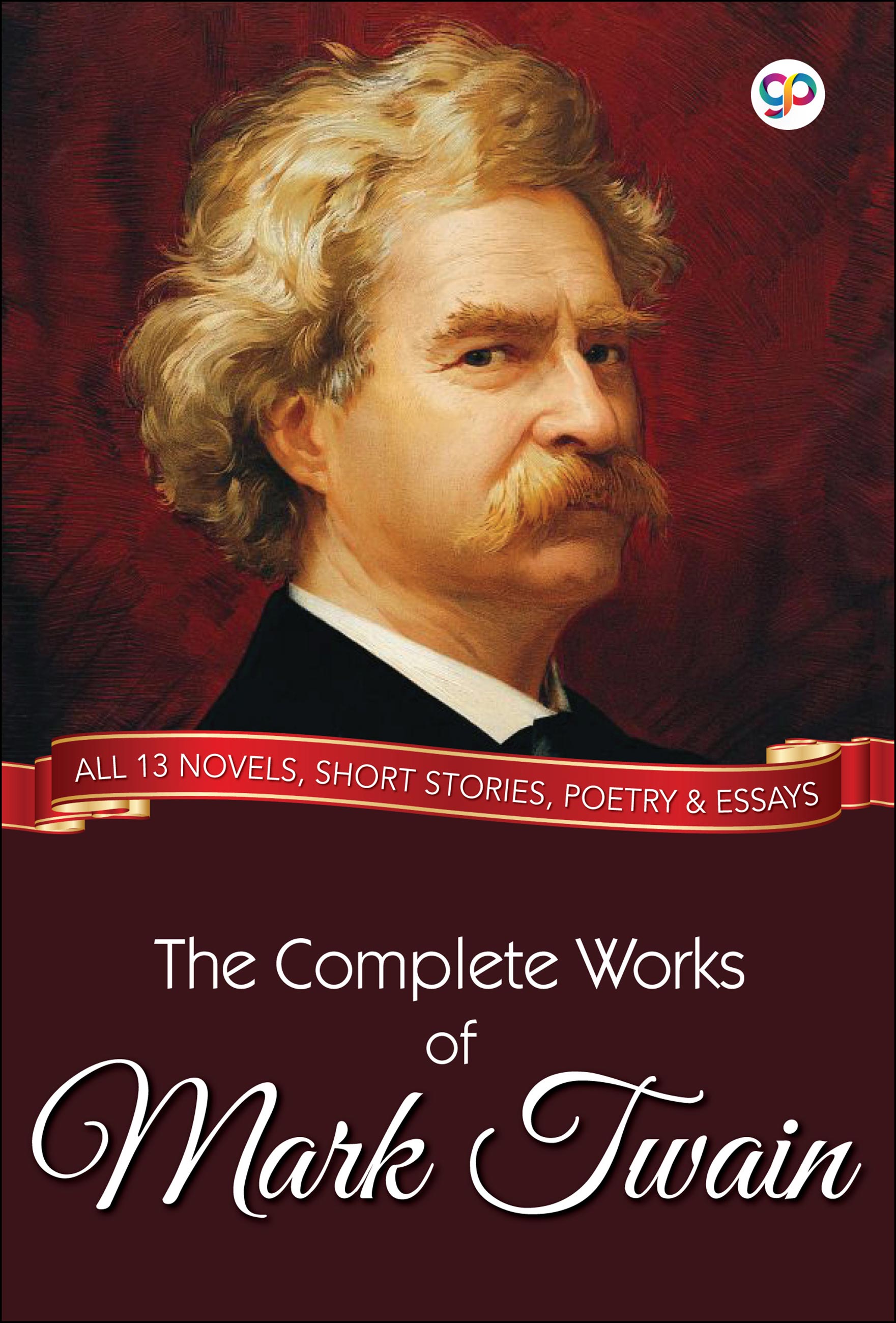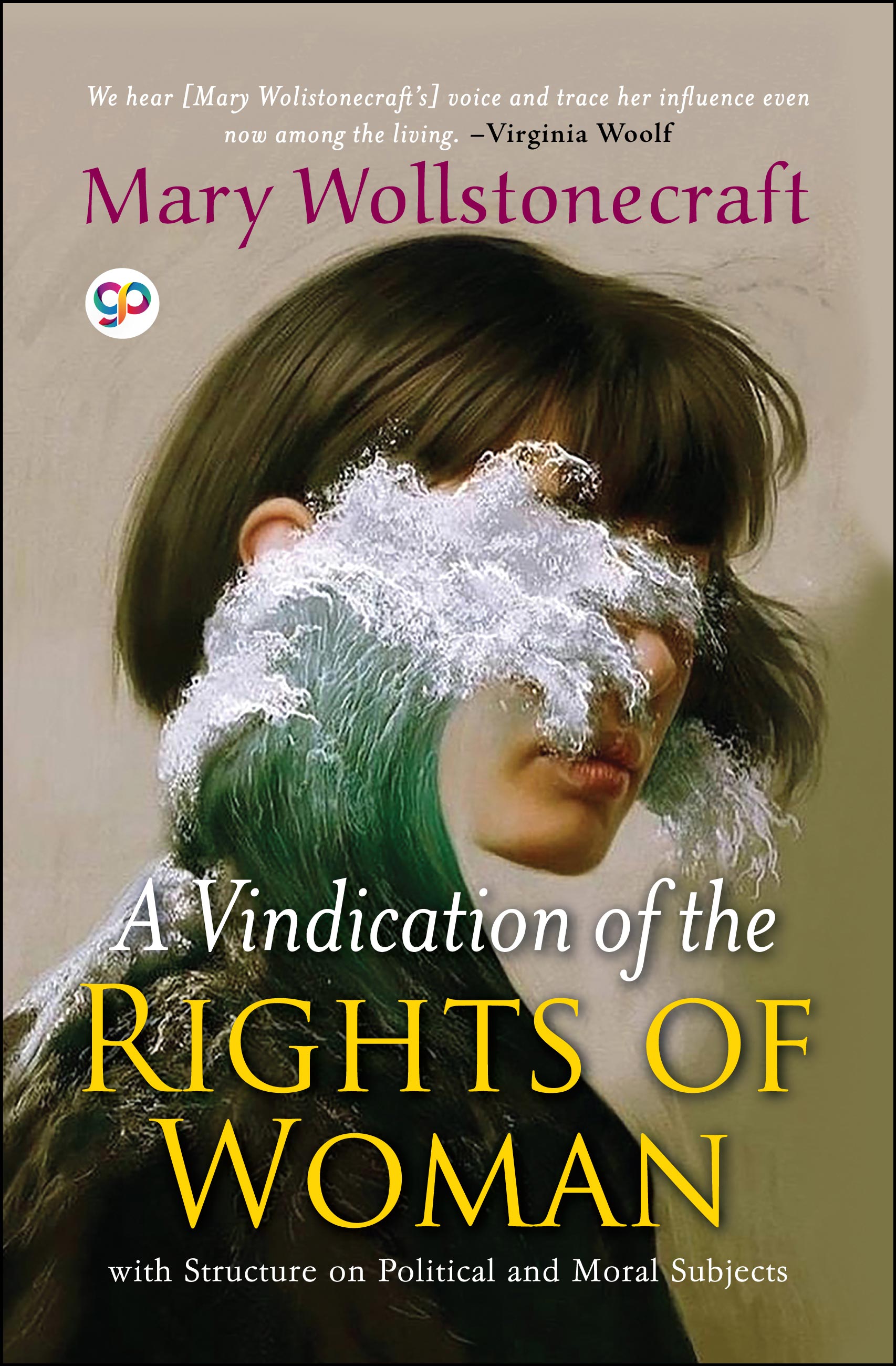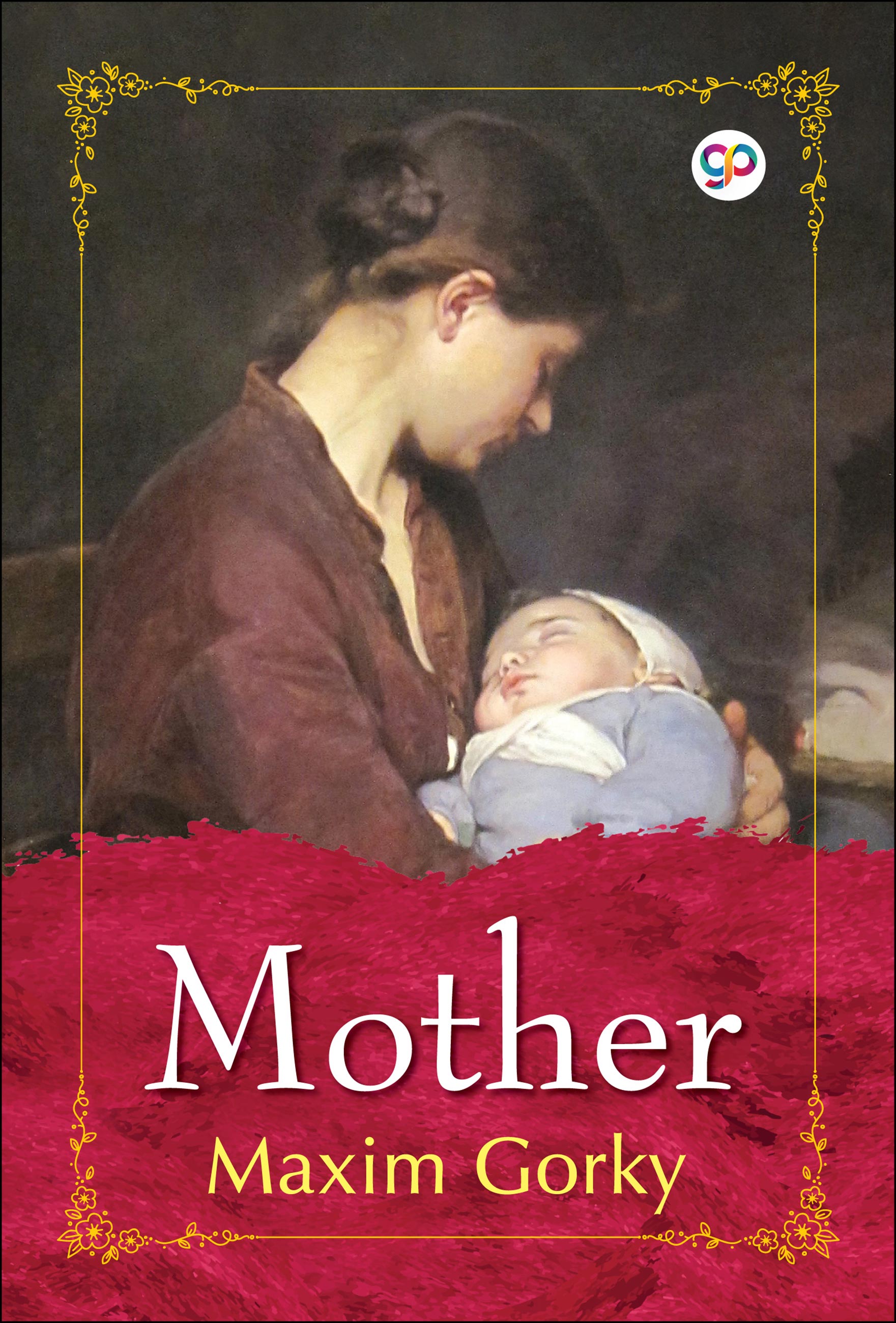
The Painted Veil (eBook)
‘The Painted Veil,’ a 1925 novel by British author W. Somerset Maugham, is a beautifully written affirmation of the human capacity to grow, embrace change, and to learn how to love deeply. The title is taken from Percy Bysshe Shelley's sonnet, which begins “Lift not the painted veil which those who live.” ‘The Painted Veil’ is a powerful novel of transgression and redemption. The novel tells the story of the lovely and superficial Kitty Garstin and her unhappy marriage to Walter Fane, a quiet and honorable man. Kitty agrees to marry Walter not because she loves him, but because she fears being put to shame by her younger sister. When Walter discovers her treacherous affair, he forces her to travel along with him to the epicenter of a cholera epidemic. Stripped of the British society of her youth and the small but effective society she fought so hard to attain in Hong Kong, the experience completely transforms Kitty and she begins to take accountability for her mistakes, listen to her inner voice and understand her shortcomings.
BEST SELLERS
About the Author
William Somerset Maugham was born in Paris in 1874. He spoke French even before he spoke a word of English, a fact to which some critics attribute the purity of his style. His parents died early and, after an unhappy boyhood, which he recorded poignantly in Of Human Bondage, Maugham became a qualified physician. But writing was his true vocation. For ten years before his first success, he almost literally starved while pouring out novels and plays. Maugham wrote at a time when experimental modernist literature such as that of William Faulkner, Thomas Mann, James Joyce and Virginia Woolf was gaining increasing popularity and winning critical acclaim. In this context, his plain prose style was criticized as 'such a tissue of clichés' that one's wonder is finally aroused at the writer's ability to assemble so many and at his unfailing inability to put anything in an individual way. During World War I, Maugham worked for the British Secret Service . He travelled all over the world, and made many visits to America. After World War II, Maugham made his home in south of France and continued to move between England and Nice till his death in 1965.












